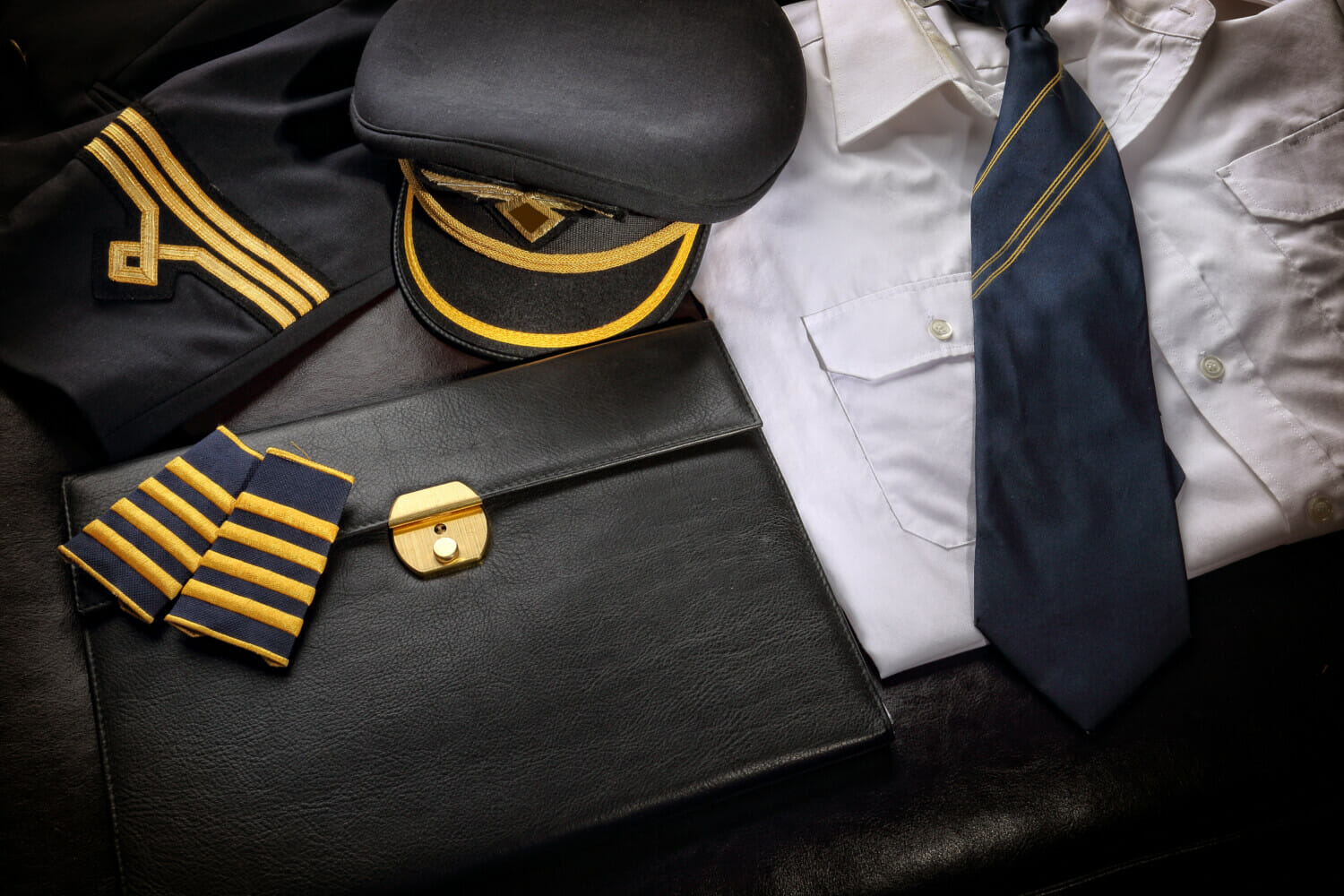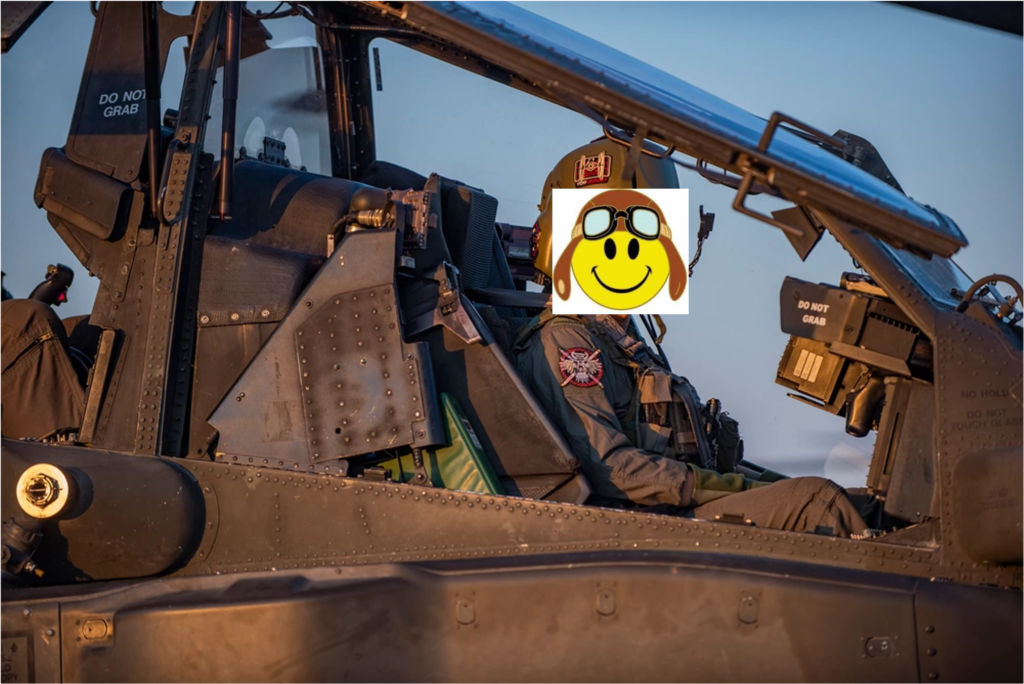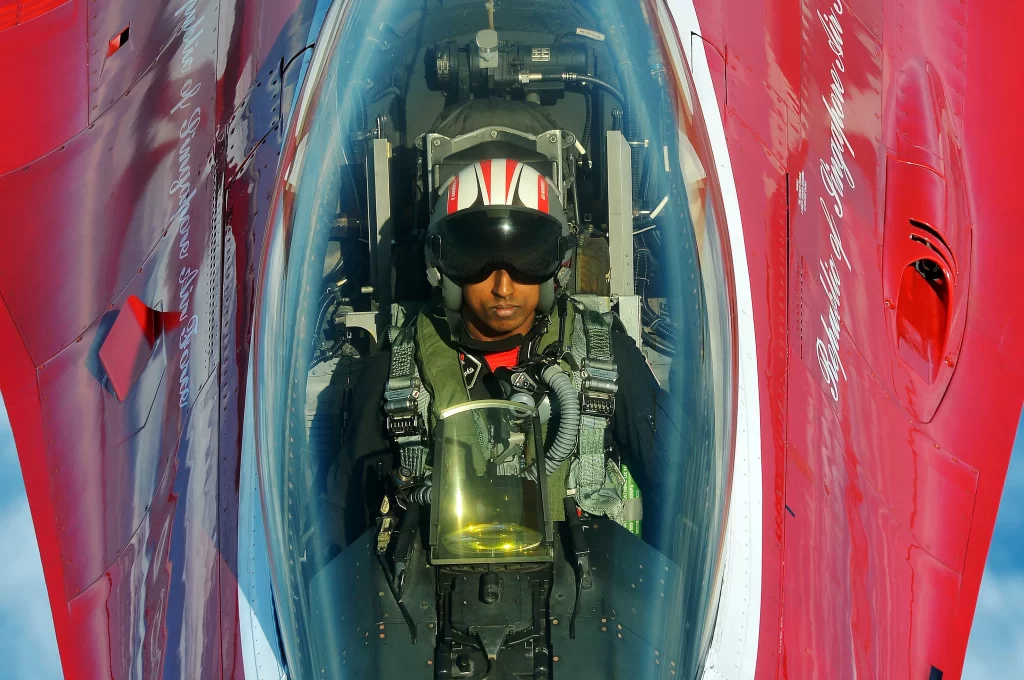When you’ve spent years riding the adrenaline-fueled currents of the skies in fighter jets, the idea of transitioning to the life of an airline pilot can be both intriguing and overwhelming. As someone who has walked that path, we understand the mix of emotions that comes with it. We will take a closer look at what it really means to shift from the cockpit of a military aircraft to the controls of a commercial airliner. This journey is far from just changing flight paths – it’s a whole new adventure.
Finances: More than Just Numbers
Leaving behind the structured world of a military paycheck for the uncertainties of flight hours and routes can be a bit of a roller coaster. In the military, a steady salary cushioned with allowances and benefits is the norm. In the civilian world, it’s a different story – your earnings are tied to the time you spend in the air. While seasoned airline pilots can enjoy impressive pay, starting out might mean a temporary dip in income. It’s a trade-off that requires some financial planning.

Adjusting to a Different Rhythm
Stepping out of military uniform and into civilian attire is more than just a wardrobe change. The cadence of your days shifts, from the structured routines and close-knit camaraderie of the military to the dynamic ebb and flow of commercial aviation. Your flight schedules might vary, and the autonomy you gain is both liberating and demanding. Adapting to this new rhythm takes flexibility and a willingness to embrace change.
Family Comes First
Transitioning to an airline career can ripple through your family life. The military lifestyle can involve deployments and moves, shaping both challenges and rewards for families. Switching to airlines might offer more stability in terms of location, but the nature of flight schedules can still pose its own family dynamics. Balancing your aspirations with the needs of your loved ones is a crucial step.

FROM RANK TO ROLE
For military pilots, climbing the ranks brings both respect and responsibility. The switch to the airlines means moving from a hierarchy steeped in military tradition to a more levelled playing field. While leadership and technical skills acquired in the military are still invaluable, the path to promotions in the commercial world is more fluid. Here, experience, flight hours, and performance often take center stage.
TRANSLATING SKILLS, EMBRACING CHALLENGES
The skills etched into you as a military pilot aren’t lost in translation. Your exceptional training, aeronautical know-how, and crisis management skills are assets that the commercial aviation sector recognizes and values. Safety, precision, and decision-making – these attributes align well with the commercial flying environment, earning you a well-deserved spot in the industry.

Planning Your Descent and Ascent
Transitioning is a journey, and every journey needs a solid plan. Charting a course involves getting the necessary civilian licenses and ratings, expanding your network within the industry, and understanding the nuanced landscape of civilian aviation. Connecting with mentors who’ve made the leap can provide invaluable insights, making the road smoother.
Navigating the Skies Ahead
Ultimately, the decision to transition from military pilot to airline pilot is deeply personal, influenced by a myriad of factors. The financial aspects, the lifestyle adjustments, the career landscape, family dynamics, and the fusion of military experience into civilian flying are all pieces of this intricate puzzle. With meticulous research, introspection, and a well-crafted strategy, you can make a seamless transition and embark on a new chapter that combines the best of both worlds.